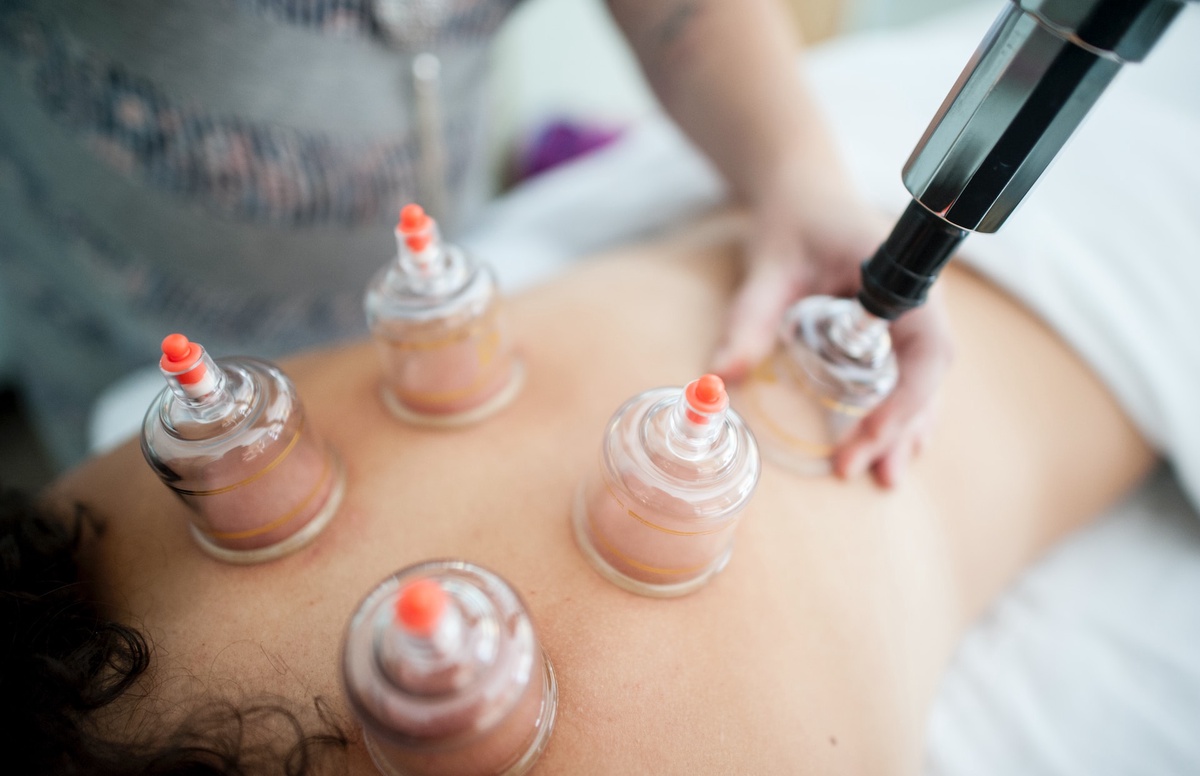In a world where modern medicine continues to evolve, there's a growing fascination with traditional practices that have stood the test of time. Cupping therapy, an ancient healing technique that dates back thousands of years, is one such practice that has recently captured the attention of both the wellness community and medical professionals. This article takes you on a journey through the history, methodology, potential benefits, and contemporary relevance of cupping therapy.
A Glimpse into History
Cupping therapy's origins can be traced to ancient civilizations such as Egypt, China, and Greece. Historical records indicate that various cultures independently developed their own methods of cupping, utilizing materials like bamboo, animal horns, and later, glass or ceramic cups. Initially used as a method to draw out toxins, cupping gradually evolved to address a wide range of health concerns.
The Methodology
Cupping therapy involves placing cups on the skin to create a partial vacuum through suction. This can be achieved using different techniques:
-
Dry Cupping: Cups are placed on the skin, and air is suctioned out to create a vacuum. This technique is primarily used to promote blood circulation and relieve muscle tension.
-
Wet Cupping: After creating the suction, small incisions are made on the skin to allow controlled amounts of blood to flow out, believed to remove harmful substances from the body.
-
Fire Cupping: In traditional practices, a flame is briefly introduced into the cup to heat the air inside before it is placed on the skin. As the air cools, it creates a vacuum.
-
Modern Mechanical Cupping: In contemporary settings, mechanical devices are sometimes used to create suction, reducing the reliance on heat or manual methods.
Potential Benefits and Contemporary Relevance
While cupping therapy was once seen as a folk remedy, recent scientific research has shed light on its potential benefits:
-
Pain Relief: Cupping is believed to stimulate blood flow and promote relaxation, leading to reduced muscle pain and joint discomfort.
-
Inflammation Reduction: The suction effect can encourage lymphatic drainage and help alleviate inflammation.
-
Improved Circulation: By increasing blood circulation to specific areas, cupping may facilitate the delivery of nutrients and oxygen to tissues.
-
Stress and Anxiety Reduction: The soothing effects of cupping, combined with the relaxation response it triggers, can contribute to reduced stress and anxiety levels.
-
Skin Health: Cupping is thought to promote healthier skin by encouraging the removal of toxins and boosting collagen production.
-
Athletic Performance: Many athletes incorporate cupping into their recovery routines, believing it helps in muscle recovery and overall performance enhancement.
Modern Integration and Precautions
As interest in holistic and alternative therapies grows, cupping has found its place alongside conventional medical practices. However, it's important to note that cupping therapy should always be conducted by trained professionals, as improper techniques can lead to skin irritation, burns, or bruising. Individuals with certain medical conditions, such as bleeding disorders or skin sensitivities, should consult their healthcare providers before trying cupping.
In Conclusion
Cupping therapy, an ancient practice that has traversed cultures and centuries, continues to intrigue and inspire. With a renewed appreciation for its potential benefits, cupping has transitioned from a traditional remedy to a complementary wellness tool. Whether you're seeking relief from muscle tension, exploring alternative therapies, or simply curious about the healing practices of our ancestors, cupping therapy offers a unique lens through which to view the convergence of ancient wisdom and modern science. Always remember, informed decisions and professional guidance are essential when delving into the world of holistic healing.


No comments yet